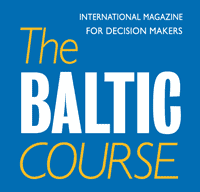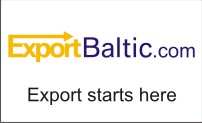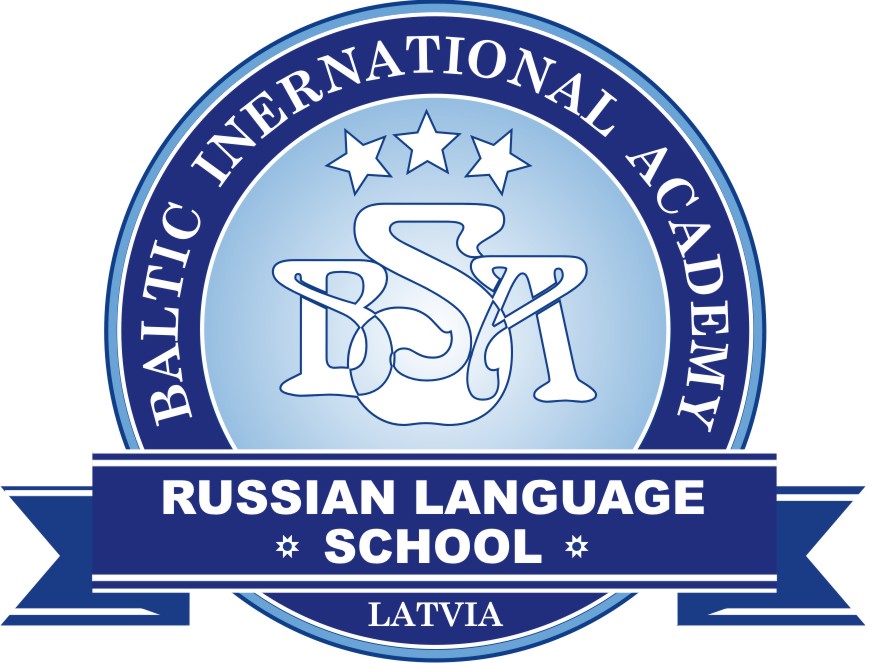Editor's note
International Internet Magazine. Baltic States news & analytics
Tuesday, 29.04.2025, 20:02
Warning signal: there might be several “Unions” instead of one
 Print version
Print versionThe first major warning signal in recent decades was seen during the Nice treaty ratification process in 2001 with the Irish negative referendum to follow. At that time the people of Europe showed their sound uneasiness about the “common evolution” of the European integration process.
Let us first take a look at how the so-called “European peoples’ interest” is represented. If people are so decisive, how are they really involved in the integration process? Is it through 7-10 opinion-letters in the biggest European newspapers and the frequent independent media responses to events in Brussels? Or is it the “Eurobarometer” (EU Statistics Office public opinion analysis-ed.) reviews which are taken into account mainly by experts and academia staff? This “interest” is best represented –as is the case in modern societies – through political parties and elected parliamentarians, both national and European. The latter, unfortunately, are not very decisive at present in the EU decision-making process.
One fresh example: is it the people of France that decide what will be (and finally are) the major directions in the French policy guidelines during the present Union’s half-a-year presidency? Highly improbable! The representative democracy institutions of a modern state can easily perform these tasks. And, moreover, it is not at all necessary to involve “people”- anyway, they are busy enough resolving their every day’s needs (and troubled by rising prices).
One thing has to be made clear: that the EU integration has never been a “democratic project”; it has never been aimed at being such. For example, during the first 25 years of the Communities the national legislators nominated the members of the European Parliament. Even now the MEPs are called “members” and not “deputies”, because they represent the whole European Union regardless of them being elected in a specific member state. MEPs take into consideration the so-called “Union’s interests” while discussing the proposals from the Commission. Can they really deliver?
It is difficult to imagine how the “Union’s project” will look in the coming decades. The main dilemma is the issues of independent member states drive for national identities and that of the Union’s intentions for the “ever closer Union”. However it is clear that the “European idea” is definitely fading away: during the last two decades this idea has lost about 25 pct. of its supporters!
It looks as if the referendum instruments are not the proper tools in devising European interests either. For example, Americans could never have been able to reach their present level of national integration if they had used referendums at each stage of their integration – which is what European politicians decided to do.
There is a distinct contradiction between the politicians’ desires and the game-rules of economic development. Here lies the contradiction between the national interests and that of the Union’s politicians and bureaucrats resembled in recent changing of the EU priorities: from “an ever closer union” to “united in diversity”. Feel the difference! Organizational changes in the EU’s decision-making structures (i.e. EU institutions) may eventually lead to “multi-speed Europe” in integration process, as the French president openly predicted recently.
Has the Union reached a “saturation level” with the regional free trade concept in various economy sectors? Who, after all, decides how far and how quick the “EU people” want to proceed with the Union’s integration? The Union’s integration efforts have, undoubtedly, been successful so far: it is the same with democracy, as Churchill once said – probably not the best system but we don’t have any better! The real troubles emerge when elites a decade ago started to divide economic responsibilities among the member states and the EU bureaucracy.
Politicians and “the citizens” are often in disagreement. Here is one example: during the whole of 2005 the EU leaders discussed the new multi-year budget for 2007-13. France argued that “unfair” British rebate in the EU budget payment should be changed. In their response the British said that the adequately unfair CAP financial arrangements should be dismissed – it mainly favors French farmers. The discussion was discreet and settled in a peaceful and quiet deal – leaving everything in its place. So what, if the “European people” felt uncomfortable!
Now everybody can see that the whole EU “project” is in trouble and that certain issues are coming apart. Hence the obnoxious referral to the argument about the countries which the EU cannot function, and countries without which it can. I do not think that the numbers of countries ought to count as an EU “success-meter”, it is rather an interest in integration’s outcome.
However the EU-27 has to stand united. In particular in security issues, such as in energy and in tackling climate change while resolving other security at the same time, e.g. citizens, food produce, etc. The new stage of integration is needed to provide for the EU competitiveness on the global level. This concerns all Europeans – in or outside the EU.
All the abovementioned challenges –regional and global- could be regarded as blows to both the EU democracy and to the politicians’ “elite project”, however strange the reference may sound. Because it is here that the member states’ interests and that of Brussels might easily contradict.
The important alternative can easily be detached: Union’s integration might take a new turn, i.e. instead of the “EU common economic policy” it could evolve –or rather disintegrate- into sectoral “economic unions”, on line with the previous commercial, customs and monetary “unions”. In this development path there could be room for inclusion of various member states’ interests and ambitions. The EU division into several “unions” can proceed, for example, along the lines of the present nine Council’s configurations.
There are several so-called eternal questions, which really bother me: first, where is the present path of European integration leading to? Second, how do we cope with the conflict in the public needs and/or intentions and politicians’ ambitions? Third, how far and how deep do EU independent member states really wish to be integrated?
I personally would really appreciate if we – “the Europeans” – could find answers to these questions – and it is better be now. Otherwise it might be disastrous both for politicians and for the European people! To say nothing about the European economy.











